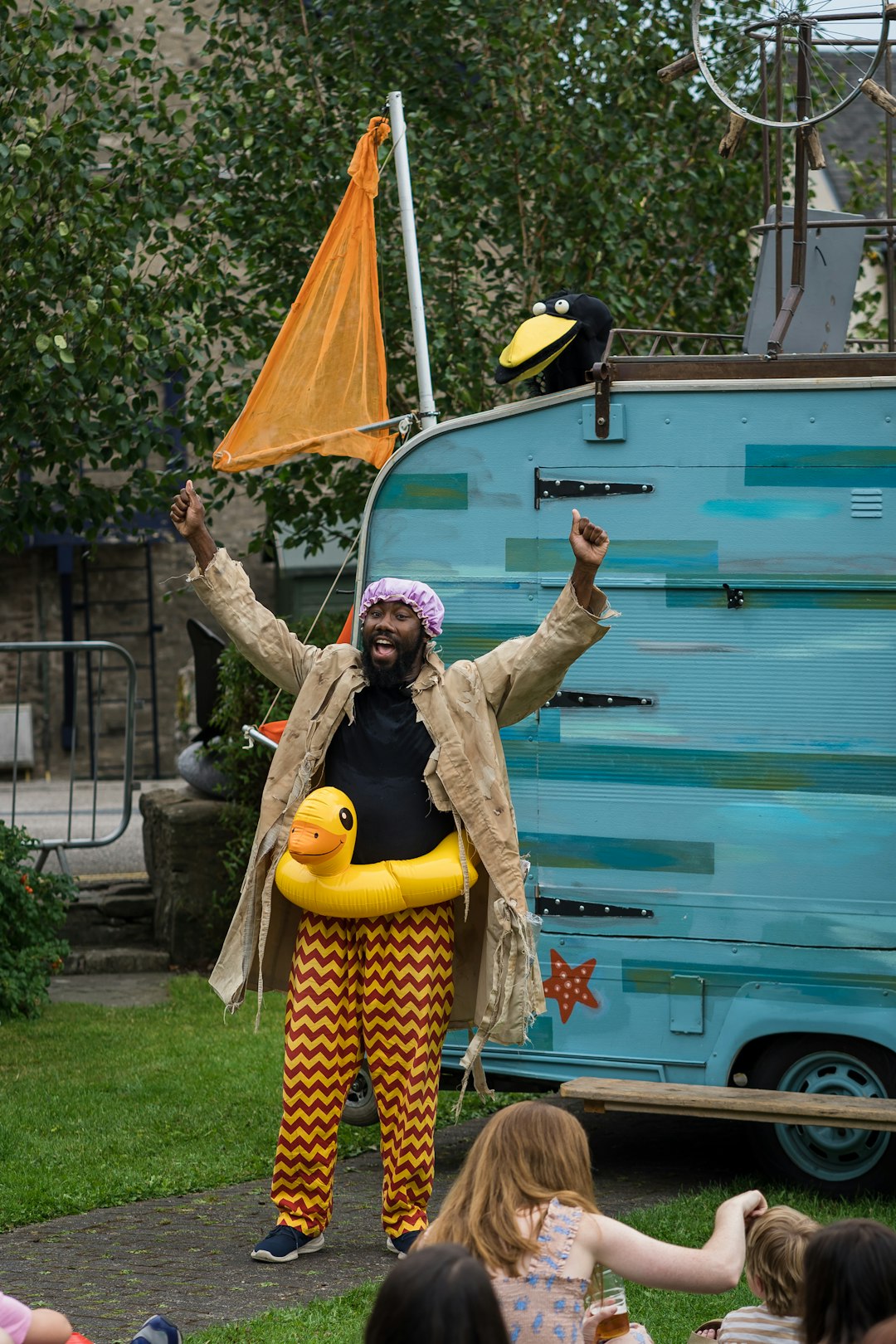Art has always been a powerful tool for expressing and provoking social change. From the murals of Diego Rivera depicting Mexico’s history and struggles, to the protest songs of Bob Dylan and Nina Simone, artists have long used their creativity to shed light on and bring awareness to important social issues. In recent years, the intersection of art and activism has become even more pronounced as individuals and communities across the globe seek to challenge injustices and create a better world through artistic expression.
One of the most prominent examples of art and activism intersecting is the Black Lives Matter movement. Since its inception in 2013, Black Lives Matter has utilized visual art, music, and performance to convey its message and call attention to the systemic racism and police brutality that disproportionately affect Black communities. The movement’s iconic “Black Lives Matter” mural in Washington, D.C., as well as the countless protest signs and artworks created in response to police killings of Black individuals, have become powerful symbols of resistance and solidarity.
Similarly, feminist activists have long used art to challenge patriarchal norms and advocate for gender equality. The Guerrilla Girls, a collective of anonymous feminist artists, have been producing provocative posters and artworks since the 1980s to expose gender and racial disparities in the art world. Their famous “Do women have to be naked to get into the Met. Museum?” poster, which features a naked woman wearing a gorilla mask, highlights the lack of representation of women artists in museums and galleries.
In addition to visual art, music has played a crucial role in mobilizing communities and spreading messages of resistance. Hip-hop, in particular, has been a powerful tool for social change, with artists like Tupac Shakur, Public Enemy, and Kendrick Lamar using their music to address issues such as police brutality, poverty, and systemic racism. In recent years, the rise of protest music in response to the resurgence of white supremacy and xenophobia has further demonstrated the power of art in creating social change.
Theatre and performance art have also been instrumental in promoting activism and social justice. The Theatre of the Oppressed, a participatory form of theatre developed by Brazilian activist Augusto Boal, empowers marginalized communities to address social issues and enact change through performance. Similarly, organizations like the Yes Men use satire and performance art to expose corporate greed and political corruption, sparking conversations and inspiring action.
The internet and social media have further democratized the intersection of art and activism, allowing individuals to share their stories and artwork with a global audience. Platforms like Instagram, Twitter, and TikTok have become powerful tools for spreading messages of resistance and solidarity, with hashtags like #MeToo, #BlackLivesMatter, and #ClimateStrike amplifying voices and connecting activists from around the world.
Despite the powerful impact of art in activism, artists who engage in political or social commentary often face backlash and censorship. In countries with oppressive regimes, artists are routinely targeted and silenced for their work, with many facing imprisonment, censorship, or even death. In the United States, the National Endowment for the Arts has faced threats of funding cuts and censorship for supporting controversial or politically charged artworks.
As we continue to explore the intersection of art and activism, it is essential to support and protect artists who use their creativity to challenge injustices and advocate for social change. By amplifying their voices, sharing their work, and taking action in our own communities, we can help create a more just and equitable world for all. Art has the power to inspire, provoke, and unite us in our fight for a better future, and it is up to all of us to ensure that artists continue to have the freedom to create and speak truth to power.

